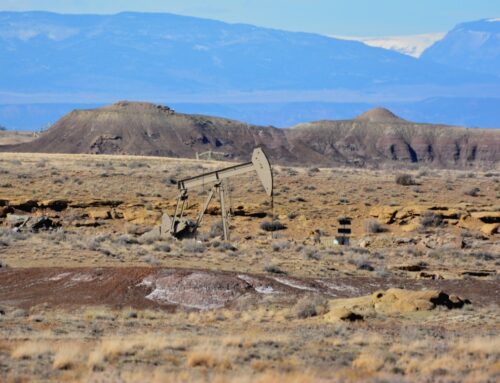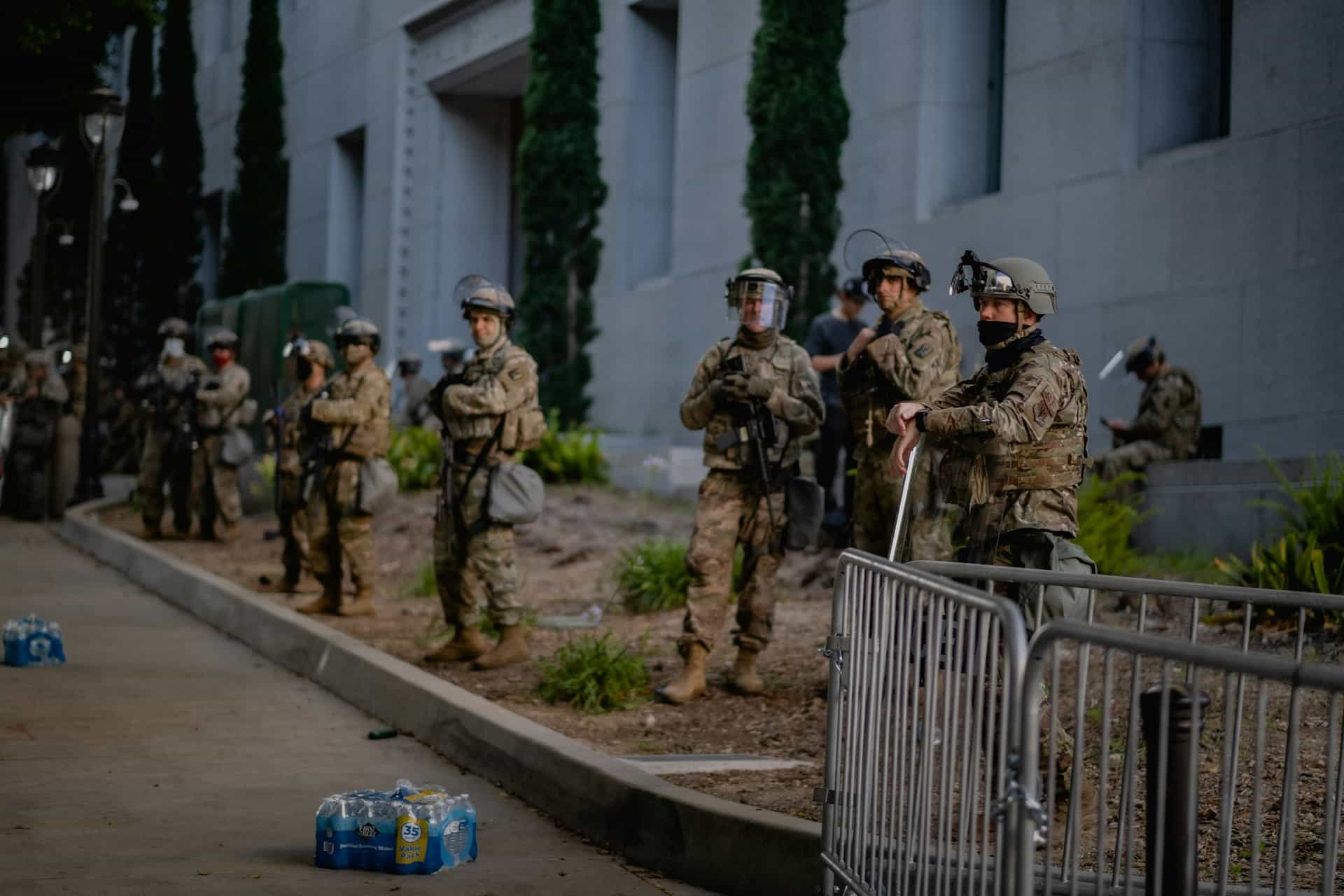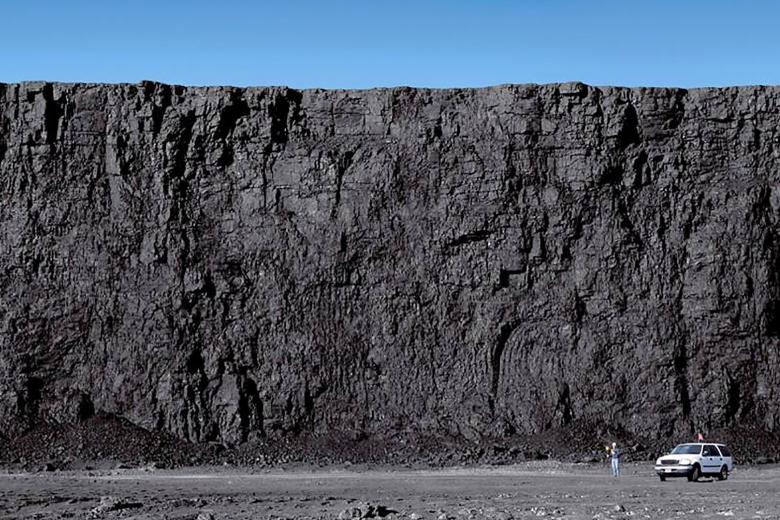On November 18, the House voted to open up thousands of acres of federal land in Wyoming's Powder River Basin through use of the Congressional Review Act (CRA), a blunt procedural maneuver that allows Congress to repeal agency rules and curtail similar administrative actions in the future. This summer the One Big Beautiful Bill Act (OBBBA) also expanded coal leasing on federal lands at taxpayers' expense by opening new areas for development, fast-tracking leases, and slashing the royalty rate. The vote reflects a broader shift in federal energy policy toward expanded oil, gas, and coal production while limiting wind, solar and energy efficiency efforts, even as markets contract and long-standing concerns about taxpayer costs and long-term liabilities remain unresolved.
The Bureau of Land Management (BLM), within the Department of the Interior (DOI), oversees approximately 570 million acres of federal land containing the federal coal mineral estate. Over the past decade (FY2014–FY2023), more than 3 billion tons of coal were produced on federal lands, representing a 32% decline compared to the previous decade. To facilitate development of taxpayer-owned coal, BLM leases parts of the federal mineral estate to private companies to extract the resources and sell them for profit. To acquire a lease, companies must submit a bid of at least $100 per acre that is equal to or higher than BLM's confidential estimate of the tract's fair market value (FMV)—BLM's estimate of the coal's worth. If the bid is below the FMV, BLM rejects it.
In addition to revenue through lease bids, taxpayers also receive a $3-per-acre rent on nonproducing leases, royalties based on the value of coal produced, and other minor fees. Despite this framework, years of analyses and oversight reports have shown the program often returns far less than fair market value and leaves the public exposed to long-term cleanup liabilities.
In 2024, the BLM amended the resource management plan (RMP) for the Buffalo Field Office in Wyoming and closed 413,250 acres of the federal coal mineral estate to future leasing. Importantly, the decision allowed permitted mines to continue production but prohibited their expansion. According to a BLM analysis, operating mines in the Wyoming area with existing leases had sufficient coal reserves to maintain existing production levels until 2041, undercutting any need for new leasing. Congress's decision to overturn the updated RMP not only reverses this protection but also increases the likelihood that taxpayers will shoulder long-term financial and environmental liabilities associated with new coal development.
Today's vote aligns with other congressional and administrative actions to expand the federal coal leasing program. OBBBA required DOI to fast-track all pending applications for new or expanded leases and make 4 million additional acres of federal land available for leasing. In response, DOI announced making 13.1 million acres of federal mineral estate available for coal leasing—more than triple the required acreage (6.7 million in Montana, 3.8 million in North Dakota, 2.2 million in Wyoming, 1.6 million in Colorado, 200,000 in New Mexico, and 48,000 in Utah). Alongside this push for increased leasing is a new, lower royalty rate—from the previous 12.5% to as low as 7%—that will slash any potential federal and state revenues from new development and further weakens taxpayer safeguards.
Largely in response to market conditions driven by lower natural gas prices, federal coal leasing has greatly declined over the past few decades. In 1990, there were 489 coal leases in effect, covering 730,247 acres of federal land. At the end of FY2023, leased acreage and the number of leases dropped by nearly half—279 leases covering 421,903 acres. The number of federal auctions for coal leases has also decreased from an average of five or six annual sales in the 1990s, to two to three in the 2010s. Prior to this year, there had not been a federal coal lease sale since 2021. Given that trend, opening more land for leasing moves in the opposite direction of what the market is actually demanding.
Now, under the Trump Administration's push to revive coal, recent lease sales are demonstrating that offering larger swaths of federal land at lower prices cannot solve coal's fundamental challenges, including a shifting energy market towards cheaper natural gas and other energy sources:
- Freedom Mine in North Dakota – Sale Held, Lease Sold: On September 4, BLM leased 1,070 acres, containing an estimated 18.3 million tons of federal coal, at the Freedom Mine in Mercer County to Coteau Properties Company of Beulah for $106,292 — 0.58₵ per ton. The most recent lease sale at Freedom Mine (2006) sold at a similar price of 0.60₵ per ton.
- Falkirk Mine in North Dakota – Sale Held, Lease Sold: On September 10, BLM leased 800 acres, containing an estimated 11.3 million tons of federal coal, at Falkirk Mine in McLean County to Falkirk Mining Company of Underwood for $79,996—0.71₵ per ton. The most recent lease sale at Falkirk Mine (2018) sold for nearly double that price (1.5₵ per ton of coal).
- Warrior Met Coal Mines in Alabama – Sale Held, Lease Sold: On September 30, BLM leased 14,050 acres, containing an estimated 53 million tons of federal coal, at Warrior Met Coal Mines in Tuscaloosa County to Warrior Met Coal for $46,816,000—88₵ per ton. The most recent lease sale in the Alabama (2019) sold at a comparable 87₵ per ton.
- Little Eccles Tract at Skyline Mine in Utah – Sale Held, Bid Rejected: On October 1, BLM rejected a bid to lease 660 acres, containing an estimated 5 million tons of federal coal. The sole bid from Canyon Fuel Company—who has run Skyline Mine since 1981—was reportedly below the BLM's fair market value estimate. The most recent lease sale in Utah (2019) sold for 40₵ per ton.
- Flat Canyon Lease Modification in Utah – Sale Held, Bid Rejected: On October 1, BLM also rejected a bid from Canyon Fuel Company to expand its lease by 150 acres, containing an estimated 1.29 million tons of federal coal. The bid was reportedly below the BLM's fair market value estimate. The Flat Canyon Lease originally sold in 2015 for 41₵ per ton.
- Spring Creek Mine in Montana – Sale Held, Bid Rejected: On October 6, BLM accepted and then later rejected a bid to lease 1,262 acres, containing an estimated 167.5 million tons. The single bid of $186,000—0.11₵ per ton of coal—from the Navajo Transitional Energy Company was reportedly below the BLM's fair market value estimate. The most recent Spring Creek Mine sale (2007) was sold for 18.3₵ per ton.
- West Antelope Mine in Wyoming – Sale Postponed: On October 8, BLM postponed an auction to lease 3,508 acres, containing an estimated 441 million tons of federal coal, after returning the sole bid before the sale occurred. The West Antelope II North and South tracks leased in 2011 for $0.85 and $0.88 per ton, respectively.
Taxpayers deserve a fair return from coal development on federal lands. Giving away coal at below-market prices does little to encourage production and will erode revenues for federal and state taxpayers. In Wyoming, where most federal coal is produced, officials estimate the change in royalty rates alone will reduce federal coal royalties by about $100 million annually.
Pushing new coal leases will not help taxpayers. It will give away valuable public resources at rock-bottom prices, increase long-term cleanup liabilities, and leave taxpayers footing the bill for decisions that ignore both market conditions and the basic protections meant to ensure taxpayers get a fair deal.










